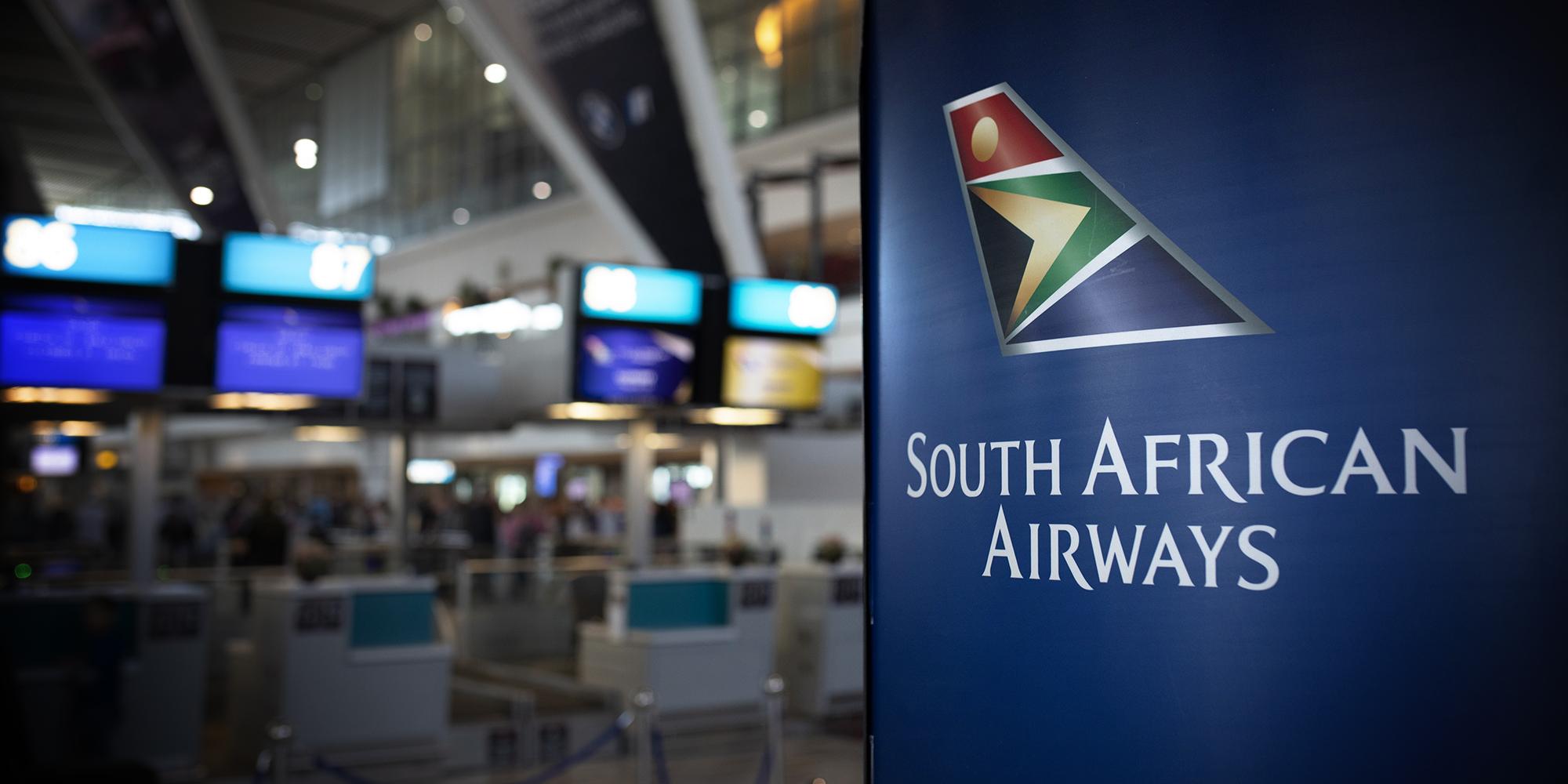SAA might generate a profit during its 2024 financial year.
I never envisaged using “profit” and “SAA” in one sentence. There are greater chances of witnessing a pig fly past an SAA aircraft than the airline turning a profit.
Jokes aside, my cynicism has been conditioned by the fact that SAA’s financial and operational affairs have been turbulent for many years, putting the airline in a perpetual brace position.
SAA last turned a profit in 2011. The airline has been flying under the radar, with its financial position a mystery because, until December 2023, it last tabled financial statements in 2018.
Since 2018, SAA has racked up financial losses of R28.9-billion and received bailouts of R48-billion from taxpayers. In other words, billions of rands went into a black hole. If SAA were a privately owned airline, it would have long crashed.
The few remaining executives at SAA are now talking about a turnaround at the airline. SAA’s financial books for the year ending March 2024 are currently being audited, and there are early signs that the airline might be profitable. In the words of SAA and its acting CEO, John Lamola, “All indications [are] pointing to a net profit for the year.”
It would be wise to wait for the audit of SAA’s books to be completed before getting carried away.
If we accept that SAA has ended its perennial money-losing streak, then there are pertinent questions to ask. What has changed at SAA, paving the way for a turnaround? What is being done differently by the current management (even though there is no permanent CEO, CFO or board) that others before couldn’t do to turn the airline around?
The most obvious answer to these questions is that SAA is running a smaller aviation operation after emerging from business rescue in April 2021.
The SAA of today leases 16 aircraft, flying fewer than 20 times a day. Before the airline entered business rescue in December 2019, it leased about 52 aircraft, flying more than 20 times a day on domestic, regional and international routes. A smaller SAA allows for more focused management and doing more with less.
There have also been big political shifts at SAA.
Derek Hanekom, the interim board chair of SAA, recently told me that management and the board no longer take instructions from politicians about the airline’s strategic direction. This is significant because political interference contributed to SAA’s downfall.
Such interference has been detailed at the State Capture inquiry, where former public enterprises minister Malusi Gigaba and former directors Yakhe Kwinana and Dudu Myeni were implicated in wrongdoing. In one of many instances of interference, they allegedly conspired for SAA to scrap its profitable Johannesburg-Mumbai flight route and hand it over to a Gupta-linked airline, Jet Airways.
Without political interference, SAA management now has the freedom to make business decisions, including reopening 11 routes. These routes include Mauritius, Australia’s Perth and Brazil’s São Paulo, with two more to be added in November: the DRC’s Lubumbashi and Tanzania’s Dar es Salaam.
Although this SAA recovery and growth story is positive, there are several concerning factors, which also cast enormous doubts on whether the airline is truly profitable.
First, SAA doesn’t operate enough flights or carry sufficient passengers to generate the revenue needed to cover its operating costs such as fuel, leasing aircraft and salaries. This has been happening every year since 2018, as seen in four years of annual financial statements that SAA tabled in Parliament late last year.
SAA generated revenue of R26.7-billion vs costs of R29.7-billion in 2018, R23.8-billion vs R26.3-billion in 2019, R21-billion vs R23.8-billion in 2020, R4.4-billion vs R9.9-billion in 2021 and R1.3-billion vs R2.2-billion in 2022.
Second, SAA’s headcount has increased since emerging from business rescue, going against its ambition of wrestling down its remuneration costs. The staff contingent at SAA has gone from 500 to 1,200 (including 140 pilots), according to the airline.
Sure, expanding flight routes will require SAA to hire more people. However, one aviation industry player questioned where the additional 700-odd people came from and whether any staff left the airline when voluntary severance packages were offered in 2020. In aviation circles, SAA is known for having poor levels of staff productivity and low asset utilisation.
Last, SAA’s choice of aircraft is peculiar. The airline wants to replace its smaller fleet of aircraft, comprising Airbus A319s, with bigger A320s, which have a maximum passenger seating capacity of 180. The A320s were largely used during the heyday of SAA — built for the airline to its 2010 specifications. However, SA’s aviation market is different from what it was 14 years ago; fewer airlines are now operating and the air travel industry is still depressed.
This means that SAA, now a smaller airline with fewer passenger numbers but with bigger aircraft ambitions, is likely to incur higher costs, considering that fuel is expensive as well as spare parts.
Maybe I am wrong. SAA might be profitable and shooting for the stars (or higher altitude). DM
Business Maverick
After the Bell: Is state-owned airline SAA really flying into profitability?





